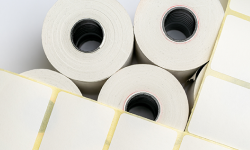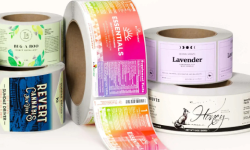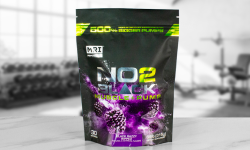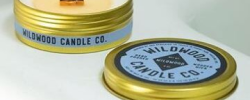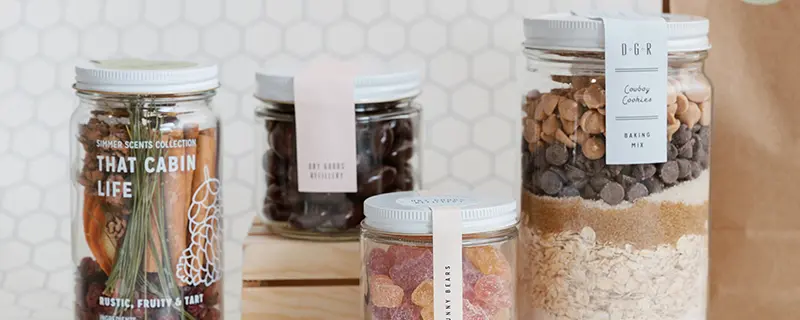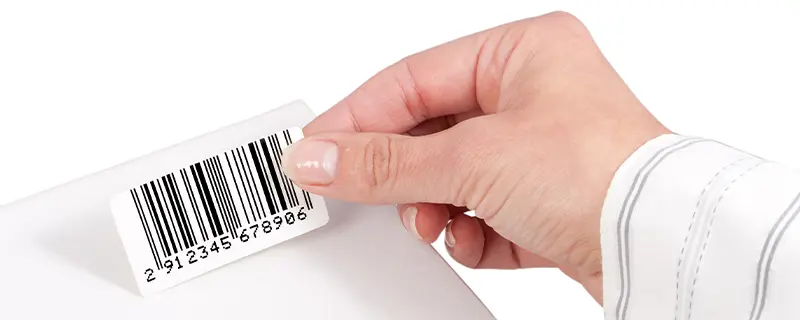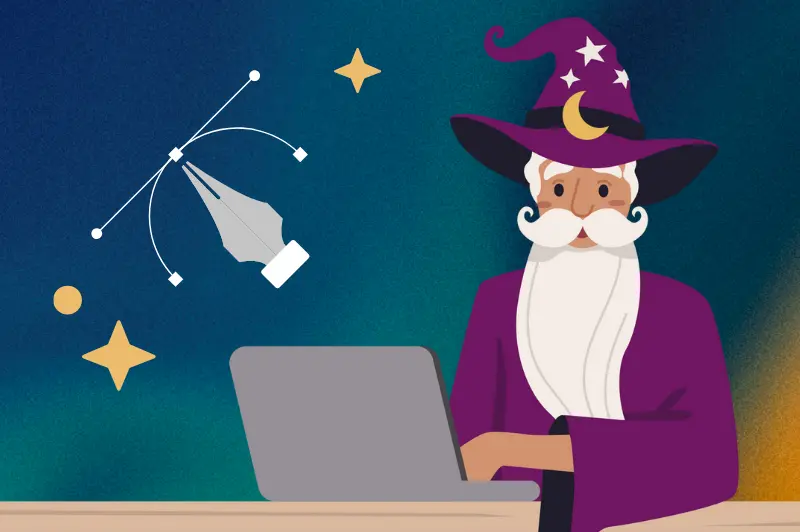From Nutraceuticals World magazine - published 9/10/19. Original article here.
Oftentimes brand owners make the mistake of treating product labeling as an afterthought. This can be especially true for companies entering new and growing markets that have both unfamiliar label requirements and buyer expectations.
Cannabis has become increasingly integrated into mainstream society. The number of states that have legalized recreational or medical cannabis continues to grow; there are now 33 states plus Washington D.C., that have some form of recreational or legal cannabis market. Alongside the market’s growth and acceptance is a wave of new products that come in a wide variety of forms—cannabis products can be smoked, vaped, eaten, and even applied as topical creams.
CBD, short for cannabidiol, is a chemical compound derived from the cannabis plant. It’s different from its botanical cousin THC, tetrahydrocannabinol, in that it is not psychoactive, but rather, reportedly, promotes a feeling of relaxation and calm.
FDA has stated that CBD cannot legally be sold as a dietary supplement in the U.S. However, at the same time, it has mostly exercised enforcement discretion, except for cases of egregious health claims or serious good manufacturing practice (GMP) violations, while it explores legal pathways to market.
Today, the CBD market is booming. According to cannabis product researchers BDS Analytics and Arcview Market Research, the collective market for CBD sales in the U.S. will surpass $20 billion by 2024. The firm takes into account products sold through licensed dispensaries, pharmaceuticals and general market retail, which includes cafes, smoke shops, grocery stores and pharmacies. BDS Analytics, however, predicted that the majority of CBD product sales will soon occur in general retail stores, as opposed to dedicated cannabis dispensaries.
Much like any other health and beauty product, labels and packaging play a crucial role in a customer’s CBD purchasing decision. A recent IPSOS study found that seven out of 10 customers are influenced by product packaging. Labels are often a customer’s initial introduction to a brand with the ability to tell a story while conveying brand identity all at once. And with new products in a new market such as CBD, branding and packaging is of paramount importance.
Steve Smith is president and founder at Wizard Labels, a specialist in ecommerce and a supplier of digitally-printed custom product labels for a variety of markets, including CBD and other nutraceutical products. Smith stressed how product labeling is critical to a CBD brand’s success.
“A well-designed product label does a number of things. First, it informs the prospective customer about what your product is and how it benefits them,” he noted. “It makes no sense to have a label that simply says ‘Pain Relief and Relaxation Therapy’ if it doesn’t also tell the reader why you’re making that claim. Tell them what your product does to justify the marketing jargon—otherwise they’re left wondering, and may turn to a competitive product that explains itself better. That product may be inferior, but information wins the day.”
Wizard Labels was recently named one of the fastest growing companies in the U.S., earning a ranking on the prestigious Inc. 5000. Smith attributed his label company’s success in part to the ability of its products to serve as visual tools that show the prospective customer what a product looks like—and hopefully in a flattering way.
“How you do this depends on the product itself,” said Smith. “A CBD product could show the contents in normal use. Not all products lend themselves to a visual representation, but an image is always worth considering if it makes sense.”
On a crowded shelf, labels can also attract attention away from competitive products, Smith added. “An eye-catching CBD label will always fare better than a drab uninteresting one. Yes, this is a major part of the design task and everybody is fighting for the same space, but don’t get carried away with trying to be too radical or you may create a bigger, and more expensive, project than you expected when it comes to having your labels printed.
“Another important thing to keep in mind is that a professionally-designed label will usually just look better than something amateurish,” Smith said. “After all, poor design is a visual distraction and only encourages viewers to focus on the wrong things.”
Finally, a product label design frequently needs to include regulatory information in order to meet legal requirements, which may be a critical component of new markets, such as CBD.
“Safety warnings, nutrition panels, and even usage instructions are often a necessary part of the label design,” Smith noted. “This affects how much space you have to work with, and how readable the information needs to be—which feeds into font selection and layout considerations. These are once again specialist skills that many designers do not encounter in their normal work.”
Designing and producing product labels isn’t rocket science, he added. “However, if brands fail to follow some basic rules, it can lead to serious problems.”
For Wizard Labels, there are two key rules that CBD brands should adhere to when it comes to label creation:
Rule #1: Engage a competent designer who specializes in product label design.
“It’s not enough to be a graphic artist or website designer without also having the knowledge specific to product design, and labels in particular,” said Smith. “We see product label designs that simply don’t fit the container and create major issues when the client begins applying the labels to the finished product.”
This may sound simple, but different container shapes and sizes can make the label designer’s task very challenging if they don’t begin with the end product in mind. “Too many designers simply say ‘we need a 3-inch by 4-inch label’ and begin the design—without testing whether that size and shape works in practice when applied to the product,” Smith said.
“As silly as it may seem, beginning with a sheet of paper and a pair of scissors would save a lot of mistakes we see—and those mistakes can be very expensive. Additionally, many designers we encounter don’t seem to understand the practical implications of using a particular software tool when their design gets printed,” Smith noted, adding that the use of Photoshop to design labels with lots of small text is a very common error seen at Wizard Labels.
Smith stressed that when engaging a label designer, always look for one who has extensive previous experience with product labels—and a portfolio to prove it—which is a small proportion of the design community. “This leads us to the next critical point, which is ‘You get what you pay for’,” Smith said.
“The connected world we live in gives us ready access to skills all over the world—but choosing a label designer outside the country is most often based on financial considerations. That may sound attractive at first, but when you consider communication challenges, time-zone differences, responsiveness, and even simple things like measurements (metric versus imperial), a complex design project can quickly become a nightmare. We see them all the time in our business, and in most cases there’s nothing we can do to help a client who has engaged an unseen designer with questionable skills just because they were cheap,” said Smith.
If a brand is serious about its product, they need to be serious about labels too, he added, and that means finding a competent designer. “It also helps enormously if the designer is in your own time-space and is contactable by something other than e-mail. A phone conversation is worth a hundred emails in our experience.”
High-quality local label designers do not come cheap though. “It’s not unusual to see such professionals charging up to $100 an hour or more,” Smith noted, “but you can usually be confident that those rates are based on experience and competence. It’s also important to understand that an hourly rate is no indication of value. A good designer might take 2-3 hours to produce a finished label design, whereas a less experienced designer might take several times as long – and bring a lot of headaches into the process as well.”
Smith compared it to hiring an electrician, plumber, or auto mechanic. “Buying cheap labels is a very short-sighted approach and almost invariably carries a higher cost in one way or another, whether it’s financial or emotional.”
Rule # 2: Consider label design early in the product development process.
CBD brand owners will need to do research and understand their target customers . This includes age, gender, values, education, and more. These vital pieces of information will impact design decisions. Sales channel makes a difference too.
“Presenting your product online can have different implications than when it is found on a physical store shelf, and we’ve written a blog post about this.”
Determining packaging is another key consideration. “Here’s a critical tip that has helped many customers avoid expensive packaging/labeling mistakes. We recommend obtaining different packaging samples before designing your labels. Then, create a mock label,” Smith suggested. “To ‘mock up’ a rough product label design, you can simply draw and measure the intended shape on a piece of paper—then cut it out and try to apply it to the container. If it doesn’t lie flat against the surface or gets misshapen by the taper of the container (or has wrinkled edges), you know you have a problem.”
It may be possible to overcome these issues using smart product label design, Smith said, but it’s critical to understand the challenges early in the process.
While it is okay to design a uniquely shaped label for a product, brands need to ensure the label shape will flow with the packaging shape. “Never guess at the size or shape of a product label,” Smith said. “Having labels designed and printed without proper testing can be an expensive mistake. Similarly, never buy containers without seeing a physical sample first.”
WITH sample packaging in hand, Smith recommended trying a few different designs by printing test labels. Trying to visualize how a label design will look after it has been printed is never as simple as looking at the design on a computer screen and assuming that the printed result will look identical. “Indeed, colors often vary significantly between computer monitors and printers of all kinds. This is why we always recommend printing out a full-size test label on your desktop printer. Colors are not exactly the same as what our professional digital presses will print, and this is due to differences in printing technology between platforms.”
For brand owners that want to see a variety of designs before committing to one, Wizard Labels offers press-printed “Concept Proofs,” so that customers can compare different approaches and then apply the different labels to containers for a real test.
